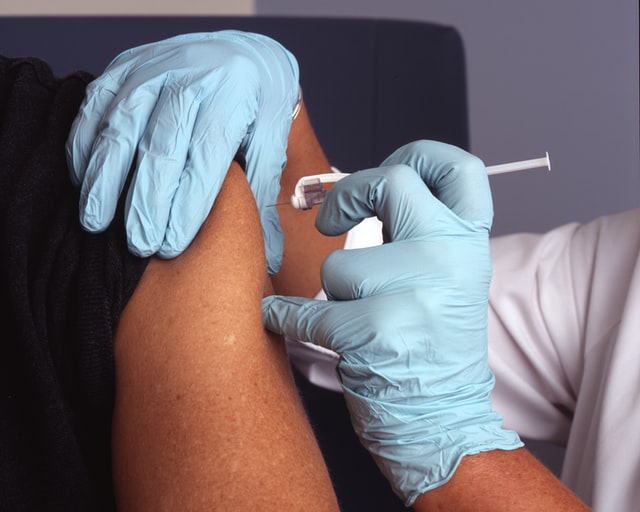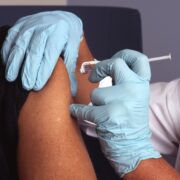
The Centers for Disease Control and Prevention (CDC) sent a letter out to state officials this week asking them to prepare to distribute a COVID-19 vaccine by November 1, two days before the presidential election.
“CDC urgently requests your assistance in expediting applications for these distribution facilities, and, if necessary, asks that you consider waiving requirements that would prevent these facilities from becoming fully operational by Nov. 1, 2020,” CDC Director Robert Redfield wrote to states in a letter obtained by news company McClatchy.
In three planning documents obtained by the New York Times, the CDC details how health officials should go about shipping, distributing, and handling two vaccine candidates labeled “Vaccine A” and “Vaccine B.”
According to the guidelines, health care professionals and essential workers, including long term care facility (LTCF) residents and staff, would be prioritized.
They also ask states to identify critical populations such as those at increased risk for severe illness, persons over 65 years of age, those living in group settings, and those with limited access to vaccination services, to receive the first available doses of vaccine.
“The COVID-19 vaccine landscape is evolving and uncertain, and these scenarios may evolve as more information is available,” reads one document, adding that the planners should assume that more vaccines would be available for distribution early 2021.
President Donald Trump has before suggested that a vaccine would be available by the end of this year through efforts of his “Operation Warp Speed,” an initiative the White House formed to accelerate obtaining a vaccine by January.
During the Republican National Convention at the end of August, Trump said a vaccine would be ready “before the end of the year or maybe even sooner.”
Dr. Moncef Slaoui, former director of the CDC’s office of public health preparedness and current chief scientific advisor to Operation Warp Speed, told NPR’s All Things Considered on Thursday, September 3 that sending out the guidelines was the “right thing to do” in the event a vaccine does become available.
“It’s a matter of planning,” said Slaoui, adding that the operation has been performing “very well” and “even better” than he was hoping.
Slaoui added, however, that having a vaccine ready by October or November was “extremely unlikely” but not impossible.
“There is a very, very low chance that the trials that are running as we speak could read before the end of October, and therefore there could be—if all other conditions required for an emergency use authorization are met and approved,” said Slaoui. “I think it’s extremely unlikely but not impossible.”
He also confirmed that the two vaccines outlined in the guidelines were being developed by Pfizer and Moderna.
With safety being a major concern, Slaoui said vaccines would not be introduced before clinical trials were completed. Completion would include an assessment by a data safety monitoring board independent of the National Institutes of Health (NIH), the U.S. government, and those involved in the operation.
Slaoui also said he understands the concerns surrounding the fact that the announced distribution date is just days before the national presidential election. Skeptics worry that the push for a vaccine is fueled by the urge to get good news out right before election day.
“I get the point,” said Slaoui, adding that he learned about the letter sent to the states on the news.
The letter, he said, “is one that says we need to be prepared as of.”
“I do think there is a possibility that the clinical trials—albeit very low, as I said before, extremely low—but there is a possibility that the trials read out before the end of October,” said Slaoui. “It would be irresponsible not to be ready if that was the case.” (Rae Ann Varona/AJPress)






